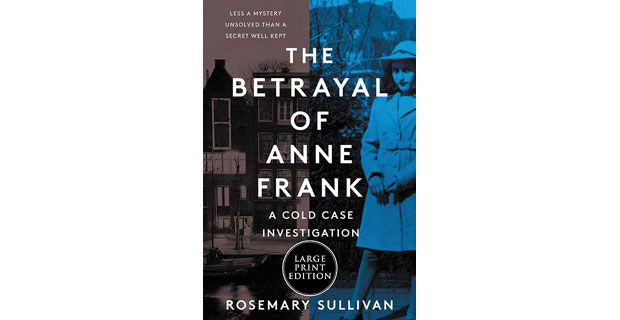Investigation sheds new light on Anne Frank’s betrayal
A 23-strong team led by retired Federal Bureau of Investigations (FBI) agent Vince Pankoke collected interviews, diaries, address lists and war files from archives worldwide to test the existing and new hypotheses. The investigators revisited a series of old suspicions and tested the theory that the discovery of the secret annex was merely a coincidence. Central to their investigation was an anonymous note that was delivered to Otto Frank shortly after the war. Although the trail to the original was deadlocked, the team managed to find a copy of it made by Otto Frank in a police officer’s family archives. “At the time, your hiding place in Amsterdam was communicated to the Judische Auswanderung in Amsterdam, Euterpestraat, by A. van den Bergh, who at the time lived near Vondelpark, O. Nassaulaan. At the J.A. there was a whole list of addresses passed on by him,” the note read.
Otto revealed the note’s existence back in 1964. At the time, despite the note, Van den Bergh was not regarded as a suspect, because he himself would have been in a concentration camp in 1944 and so he could not possibly have given the address from there. This changed when the investigators found out that he had not been in a camp at all. This set them on the trail of Van den Bergh.
During the war, Van den Bergh did everything he could to prevent his own and his family’s deportation. As a prominent member of the Jewish Council, he was granted a postponement of deportation for a long time, and he arranged a hiding place for his daughters. Later, he managed to convince the German officials that he was not Jewish and quit the council, but in 1944 he was again designated as Jewish. That was the moment when Van den Bergh decided to pass on the addresses of hiding Jews he had obtained during his time as a member of the Jewish Council to the Germans.











Comments.